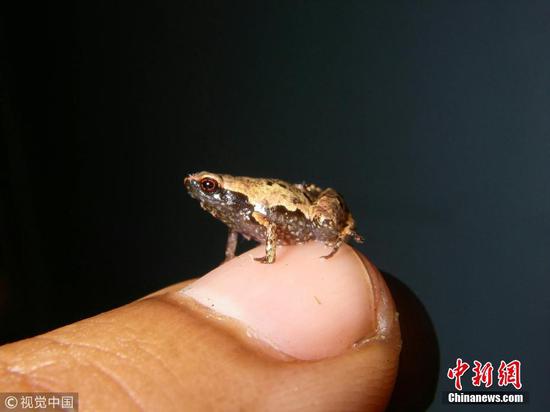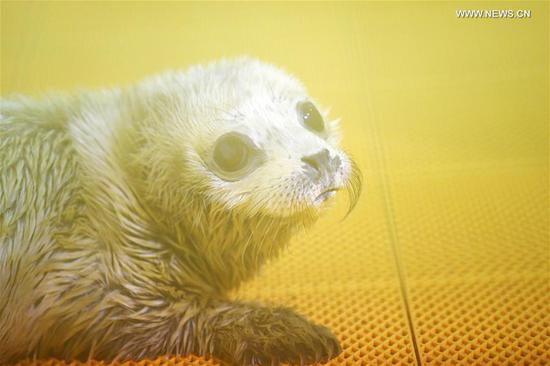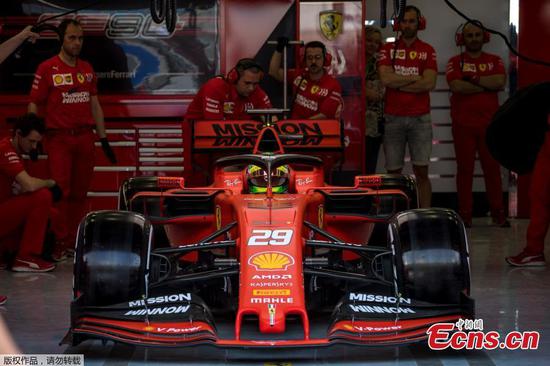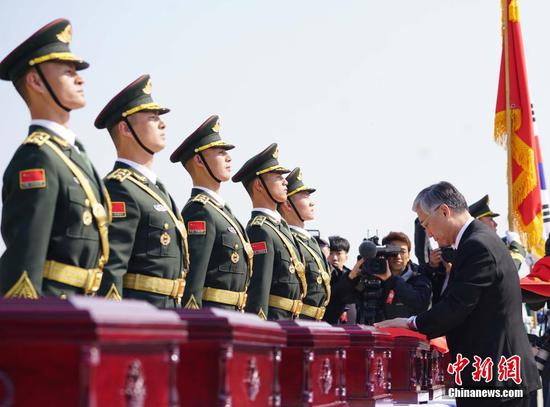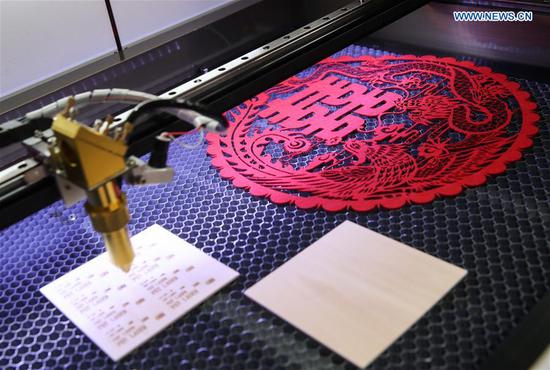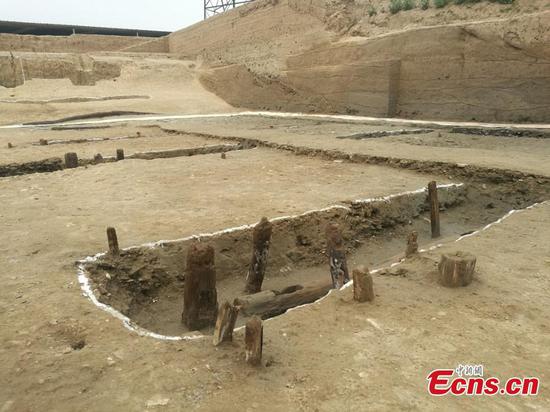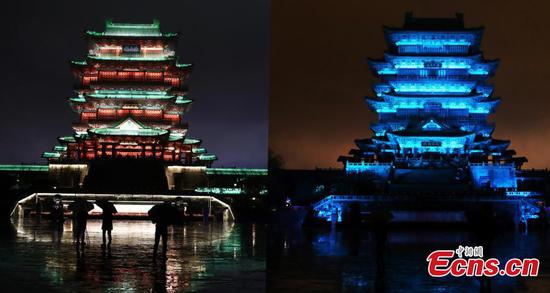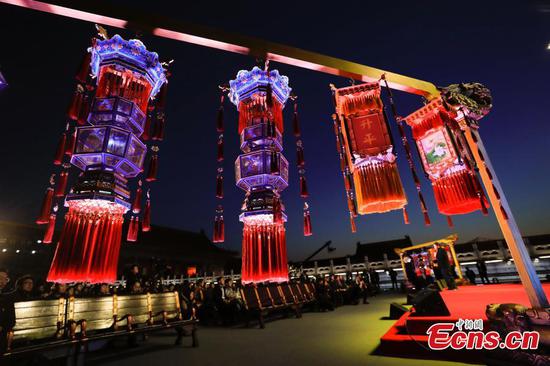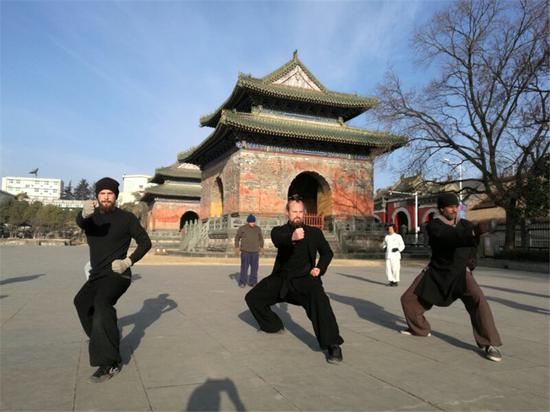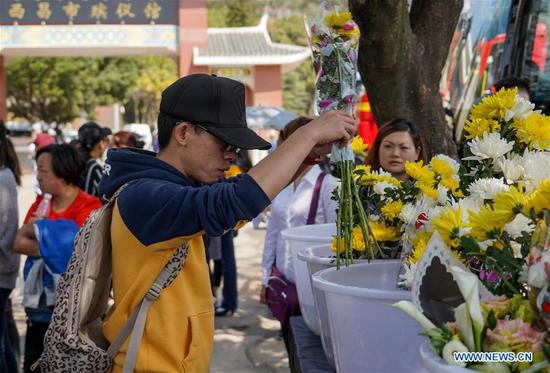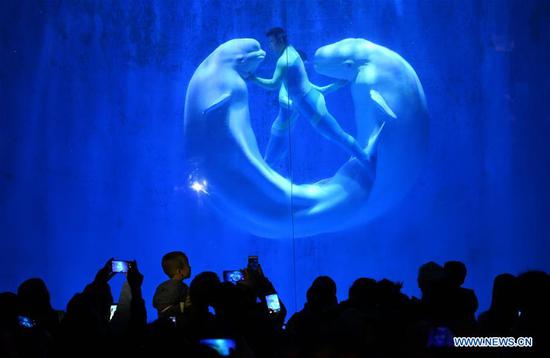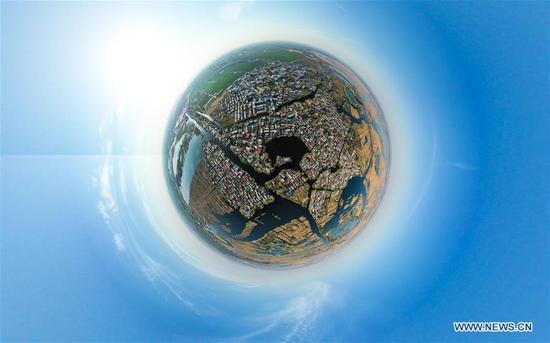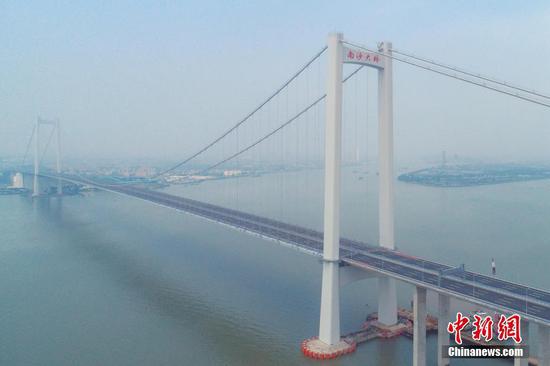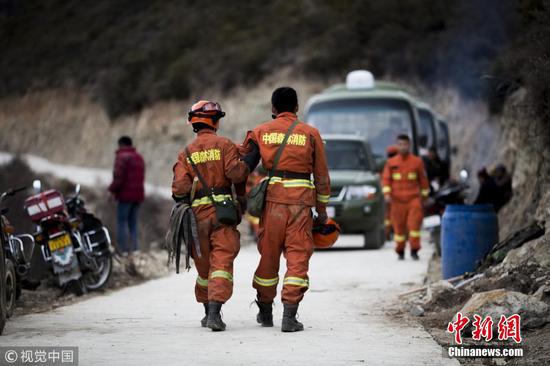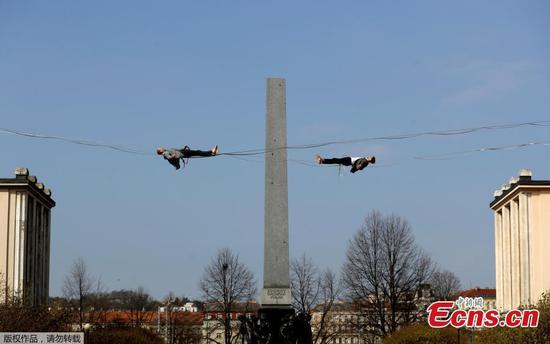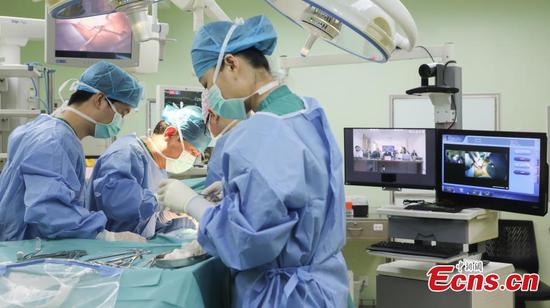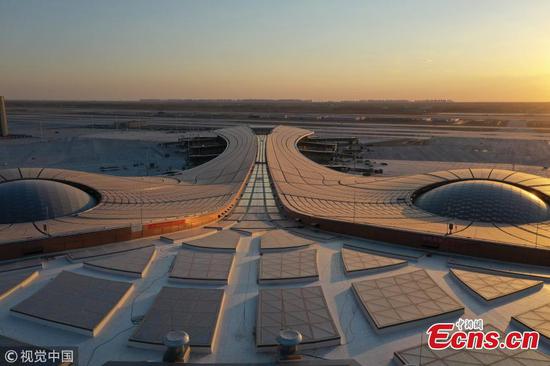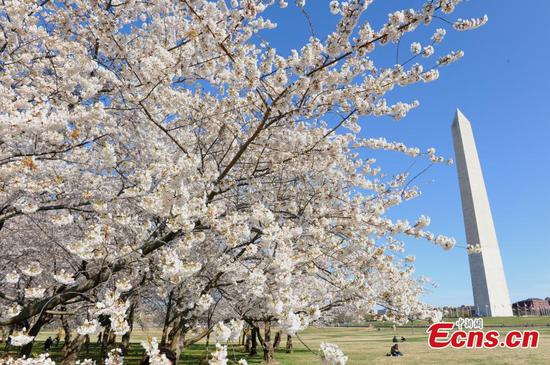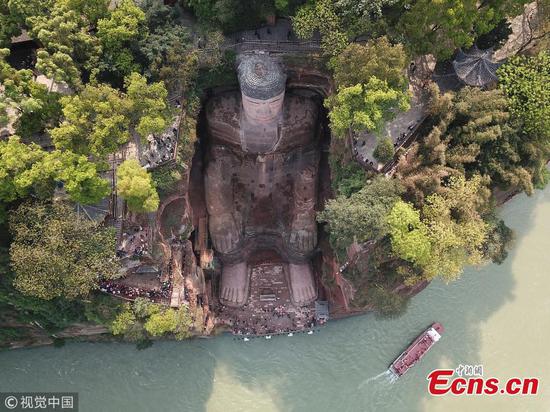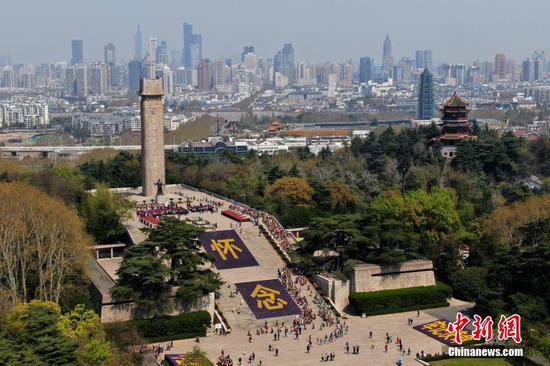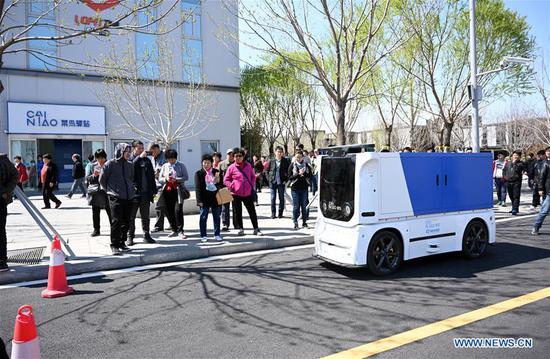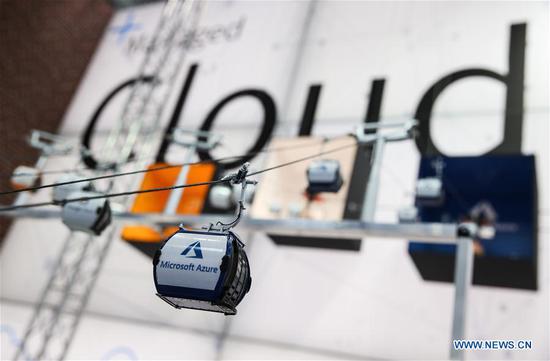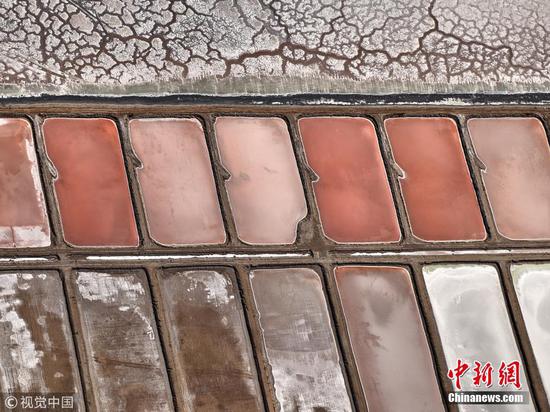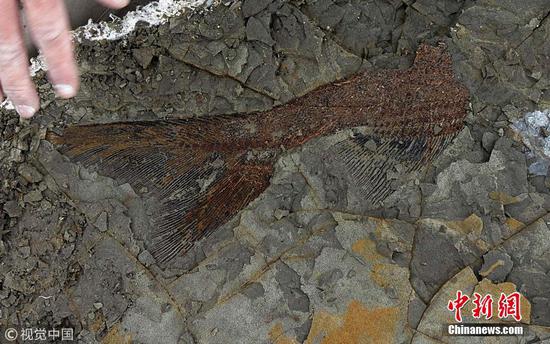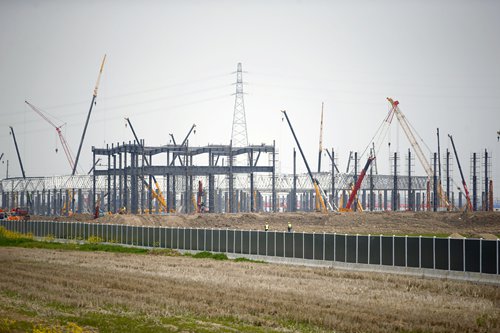
A view of the construction site of the Tesla Gigafactory 3 in Shanghai on Tuesday (Photo: Yang Hui/GT)
Company racing to expand capacity, take advantage of government subsidies
Tesla is racing to achieve mass production in its Shanghai plant to grab the shrinking advantage of government subsidies and ease its capacity shortage, one expert said.
Tesla's Gigafactory 3 in Shanghai is expected to complete construction in about four or five months, said two construction workers at the site of the facilities.
Around noon on Tuesday, work was in full swing with dozens of cranes operating. Construction workers wearing orange vests were moving back and forth between the construction site and their temporary dormitory housing.
Six rows of temporary dormitories were built by the Shanghai Construction Group, which is in charge of the phase one project of the Gigafactory. More dormitories will be built for about 1,000 construction workers.
The Global Times saw that the skeleton frame of load-bearing vertical steel columns have been installed. On top of them, four sets of steel roof grids had been installed and workers were installing a fifth row.
With the current construction speed, the factory will complete construction in July or August, a construction worker told the Global Times on condition of anonymity. His prediction was echoed by another worker who anticipated that the construction can wrap up in July.
This is faster than what has been revealed in some media reports. In March, sina.com.cn cited an industry source as saying that the Shanghai plant will be finished in the third quarter this year, and that it will be able to produce 3,000 units of the Model 3 per week starting from the end of this year.
One worker, coming from a small city in Central China's Henan Province, said that in his hometown few people know about or have the chance to drive a Tesla.
The Shanghai Gigafactory will manufacture Model 3s and Model Ys for local customers, according to Tesla CEO Elon Musk, who spoke at the factory's groundbreaking ceremony in January.
"Time is very important for Tesla, as what it faces in China is not only rising competition from domestic car brands, but also changing government subsidy policies, which are an important factor in consumers' choices," Wu Shuocheng, a Shanghai-based independent automobile analyst, told the Global Times on Tuesday.
In March, the Chinese government reduced its subsidy for electric cars by about 50 percent compared with 2018.
Besides taking advantage of subsidies, Tesla also needs to expand its capacity, the most important reason for its cash flow burden, by kicking off mass production in its Shanghai plant.
"When the Shanghai plant starts mass production, I believe it will largely ease the company's capacity shortage," Wu told the Global Times.
For the time being, Tesla has to think of other measures such as offering more models or adjusting prices to boost sales in the face of its cash burden.
But Wu commented that such strategies have their own disadvantages. For example, he thought that the Model Y was quite "boring" compared with the Model 3, while price cuts have also triggered some controversies among domestic customers.









